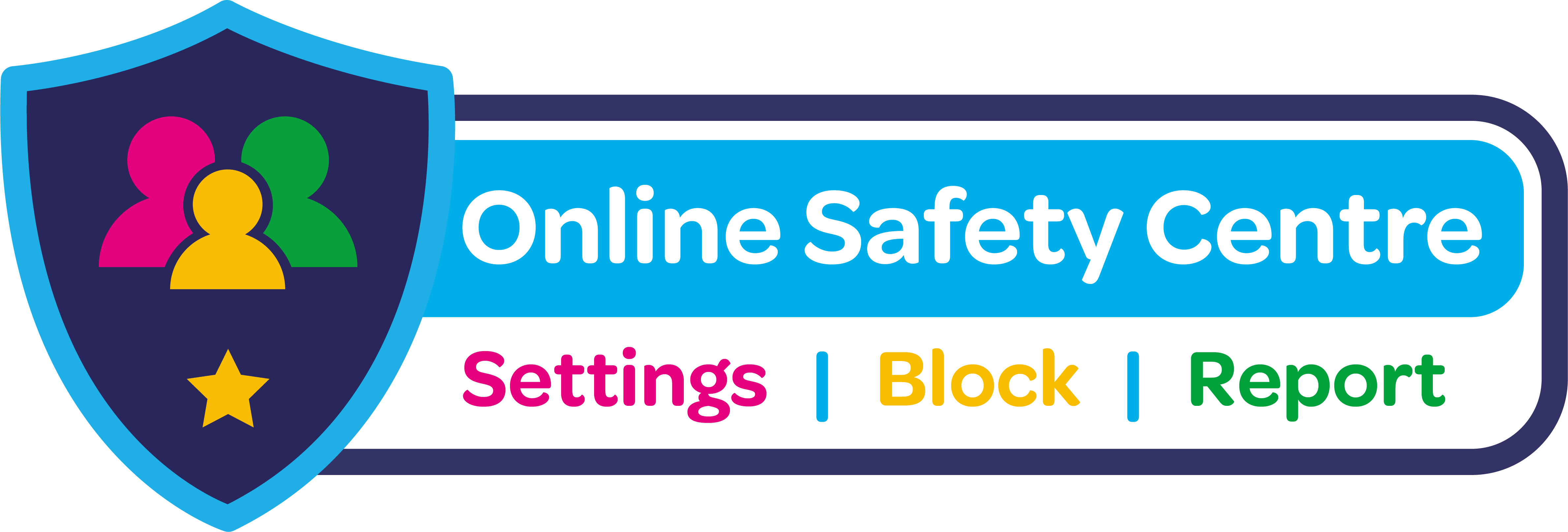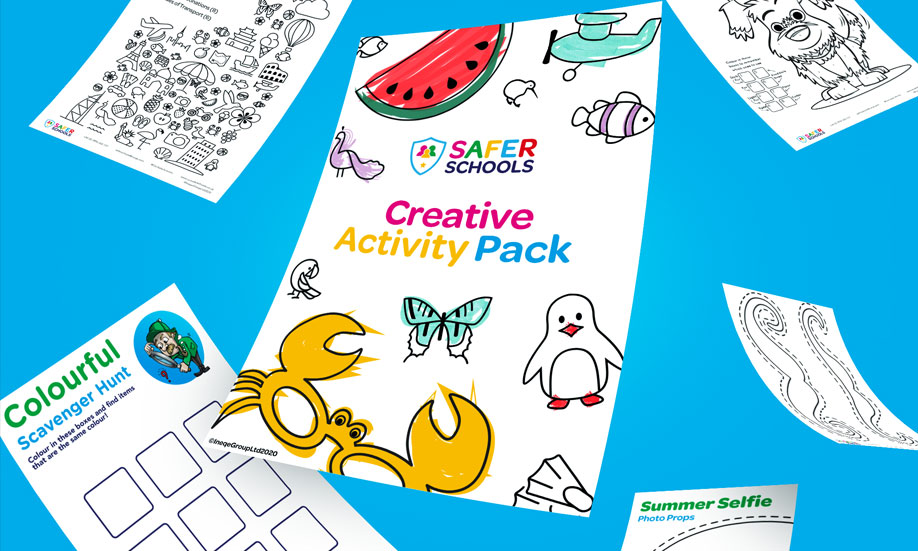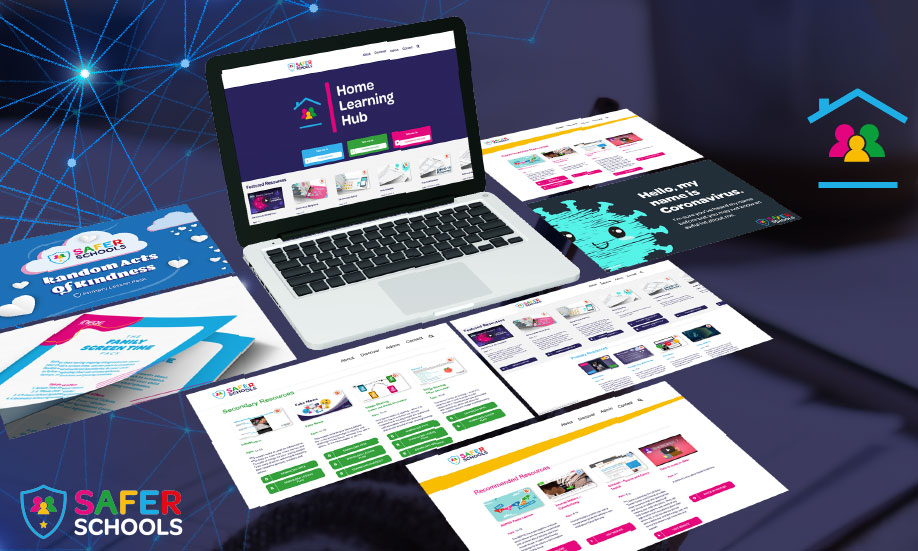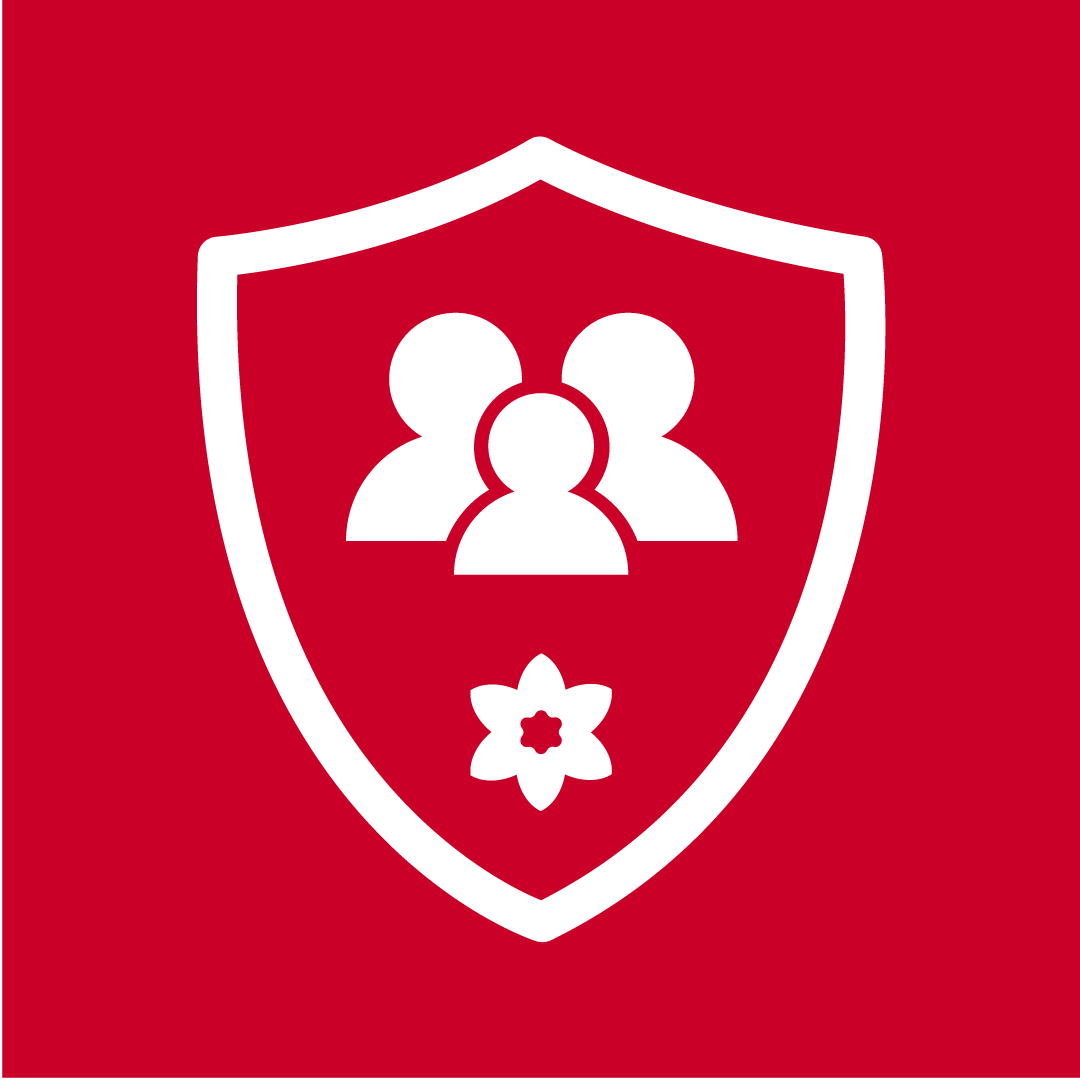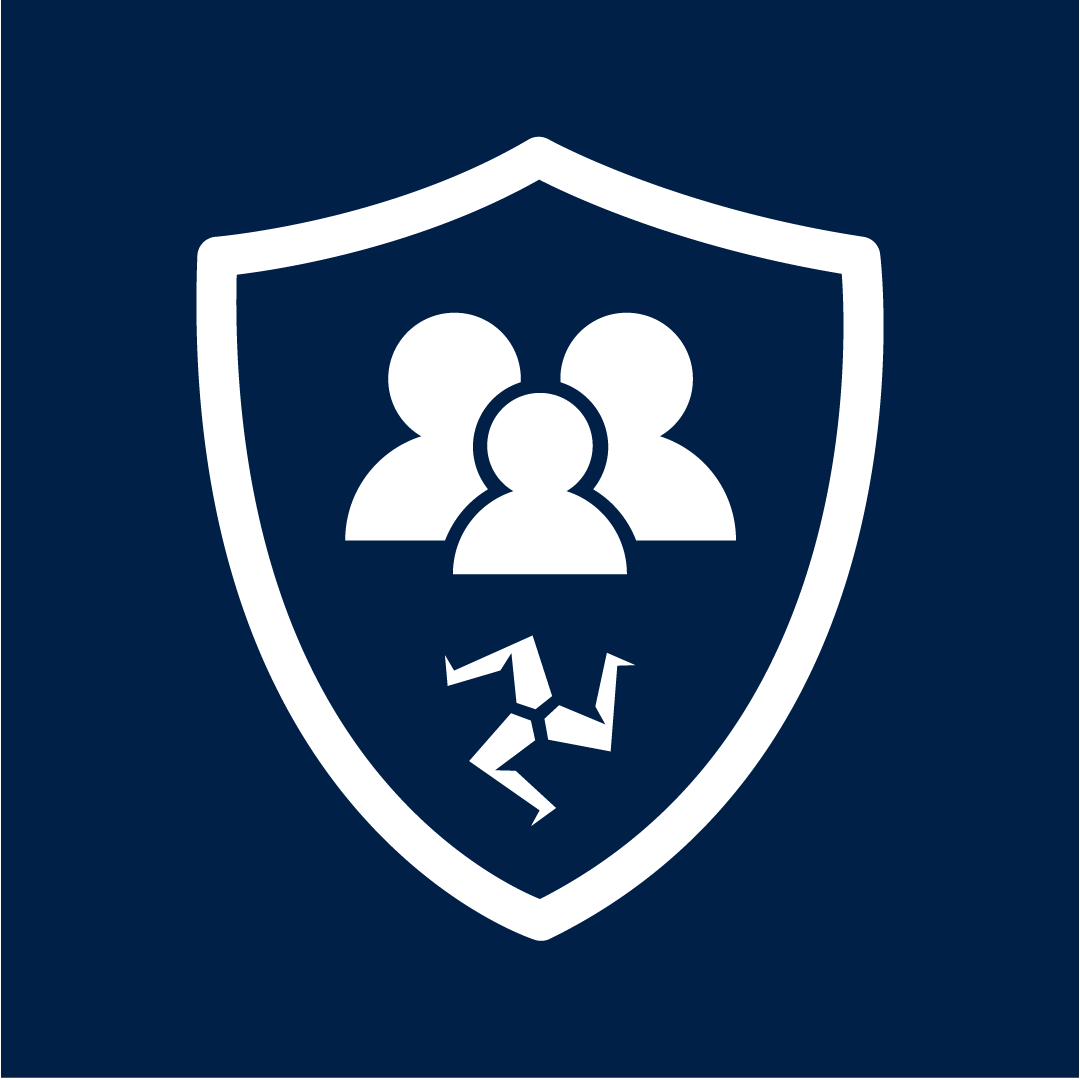What is TikTok?
- TikTok is a social media platform used to create and share short viral videos that are known for dance trends, catchy songs, lip-syncs and viral challenges
- It is one of the fastest-growing social media platforms in the world, with over 8m users in the UK
- Research indicates that children between the age of 5-15 spend more than 60mins per day using the platform
Our team has highlighted four key areas of TikTok that could create online risks for children and young people in your care.
1. Audio
Our team was able to find sample audio clips which featured adult language, sexually explicit words, lyrics, actions and phrases. They were also able to track down music that is unsuitable for children. One example included the words, “If you want to see me naked, all you have to do is ask”.
Some of this content might be distressing, or shocking to children who could be exposed to it while using the app. It could also promote harmful attitudes toward sex, relationships and body image. There are also concerns about its impact on the unhealthy sexual development of younger children, showing content beyond a child or young person’s development stage.
2. On-screen Text
Our team regularly trawl the platform and report multiple instances of inappropriate text on the screen, with emojis and symbols used to circumvent TikTok’s safety filtering.
We found multiple examples where the onscreen text depicted inappropriate adult content which could be accessed by children. In some cases, comments involved requests for sexualised behaviour. Users can also use emojis rather than words to search which means they can use popular emojis to find inappropriate content.
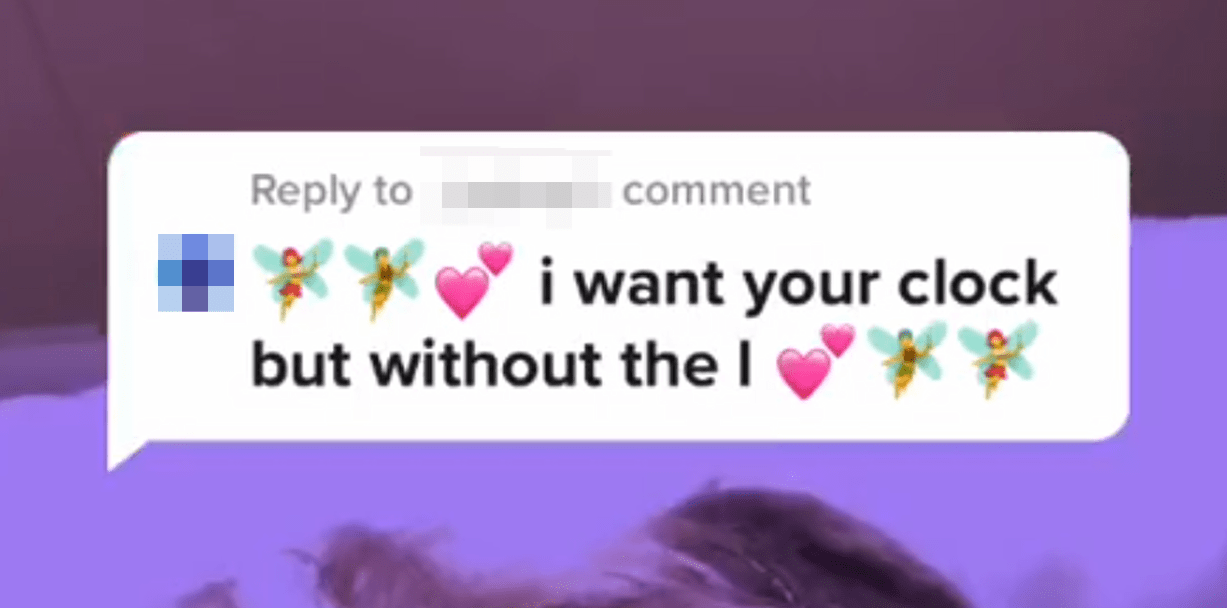

3. Cross-posting & External Links
Our team was particularly concerned about the use of the users ‘bio’ to include links to other platforms. In some cases users signpost to personalised ‘contact cards’ which lists all their social media handles. In some cases, this included links to OnlyFans and Paypal details.
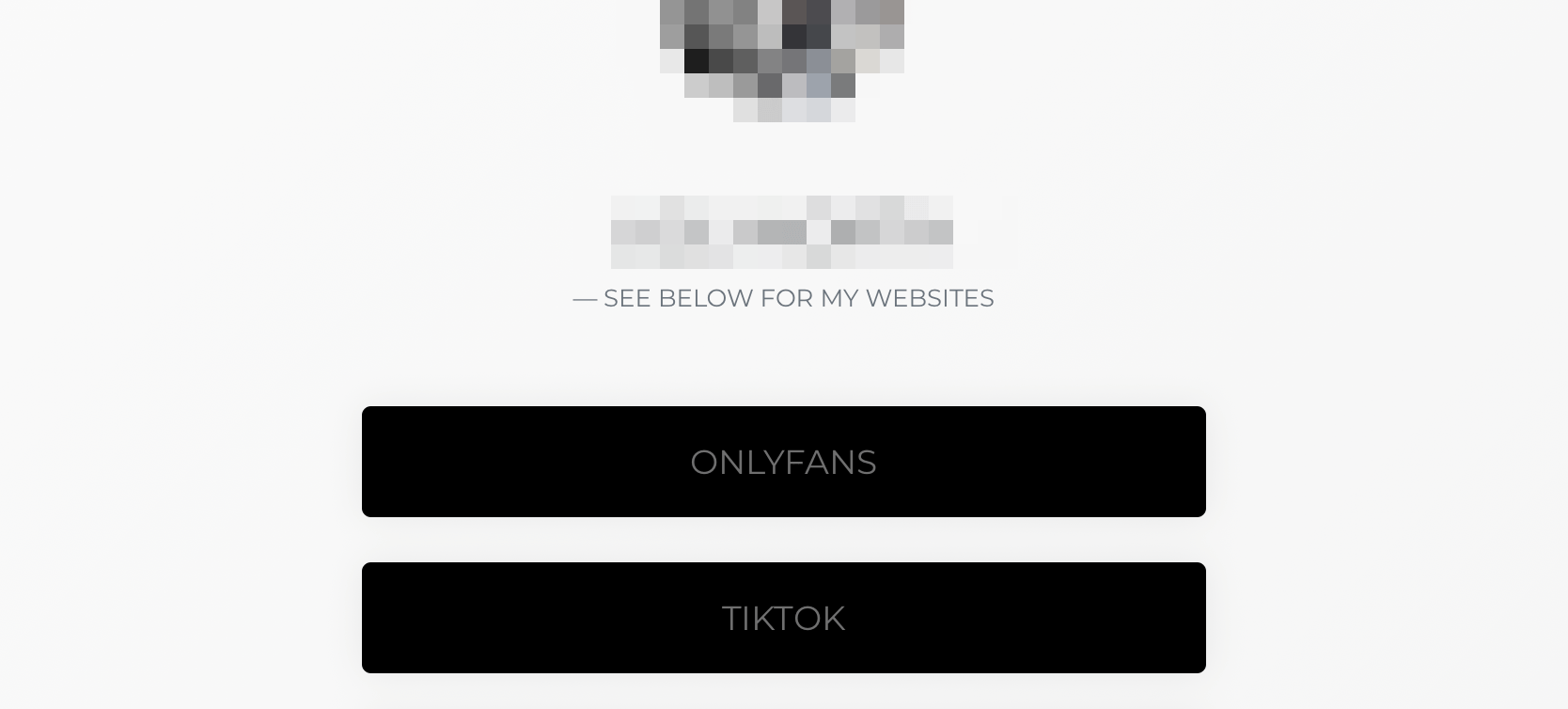
4. Sexualised content
Our team reported several instances of content where users were wearing few clothes and in some cases posing or dancing in sexually provocative or intentionally revealing ways. While there was no full nudity, in some cases little was left to the imagination.
There were several examples of sexually explicit topics which used on-screen text, audio and video to discuss content that would likely be rated as suitable for 18+.
For information on TikTok’s safety settings visit Our Safety Centre
Do you receive our Safeguarding Alerts?
Receive regular updates to help you safeguard children in a digital era.


